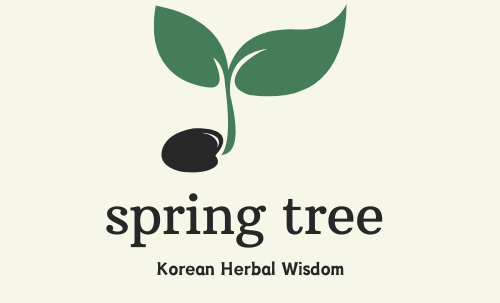Jangguchae is a springtime mountain vegetable known for its health benefits, including pain relief and wound healing. Learn about its uses, delicious recipes, harvesting tips, and storage methods.
Let’s Talk About Jangguchae: A Hidden Gem in Nature
Hi there! 🌿
If you love nature’s gifts as much as I do, you’re in for a treat. Today, we’re exploring jangguchae, a unique mountain vegetable with an unforgettable name and even more incredible benefits. Ready to dive into the world of this springtime gem? Let’s go! 😊
1. What Is Jangguchae?
Jangguchae, also known as “janggu stick” for its resemblance to the stick used in Korean drums, is a mountain vegetable with a straight, smooth stem and soft green leaves. Standing at about 30–80cm tall, it features delicate white flowers that bloom in July, adding a touch of elegance to its otherwise simple appearance.
Jangguchae is most commonly found in sunny mountain and field areas across Korea. It thrives in spring, and the best time to harvest its tender leaves and stems is April to May when it’s at its freshest and tastiest.
2. Why Is Jangguchae So Special?
Jangguchae isn’t just a flavorful addition to your meals; it’s also packed with health benefits. Here’s why it’s considered a natural remedy:
Pain Relief: It helps soothe muscle and joint pain naturally.
Wound Healing: Known for its hemostatic properties, jangguchae can help stop bleeding and promote faster healing.
Detoxification: It aids in removing toxins from the body, leaving you feeling refreshed and healthy.
It’s like a little miracle plant that combines deliciousness with wellness!
3. Cooking Jangguchae: Easy and Delicious Recipes
One of the best things about jangguchae is how simple it is to prepare. Whether you’re a seasoned cook or a beginner, these recipes are sure to impress.
Jangguchae Namul (Seasoned Greens)
Wash the young leaves and stems thoroughly.
Blanch them in boiling water with a pinch of salt for about 30 seconds.
Rinse in cold water, squeeze out excess moisture, and season with sesame oil, soy sauce, and minced garlic.
Sprinkle some sesame seeds on top for the perfect finish!
Jangguchae Soup
Blanch jangguchae and set aside.
In a pot, dissolve soybean paste in water, add minced garlic, tofu, and mushrooms, then bring to a boil.
Add jangguchae at the end and simmer briefly for a comforting, earthy soup.
4. Harvesting and Storing Jangguchae
When to Harvest:
The ideal time to collect jangguchae is in spring (April to May), when the leaves and stems are tender and full of flavor.
How to Store:
Refrigeration: After washing and drying, store jangguchae in an airtight container in the fridge for up to a week.
Freezing: Blanch jangguchae, squeeze out excess water, and freeze in portioned bags to preserve its freshness for months.
5. Why You Should Try Jangguchae
Jangguchae is more than just a mountain vegetable—it’s a symbol of Korea’s rich culinary heritage and a reminder of nature’s generosity. Whether you’re harvesting it yourself or picking it up at a local market, adding jangguchae to your table is a delicious way to connect with nature and boost your health.
If you’ve never tried jangguchae before, now’s the perfect time. Cook it, enjoy it, and feel the difference it brings to your meals and your well-being.
Have questions or your own tips to share? Leave a comment—I’d love to hear from you! 😊
